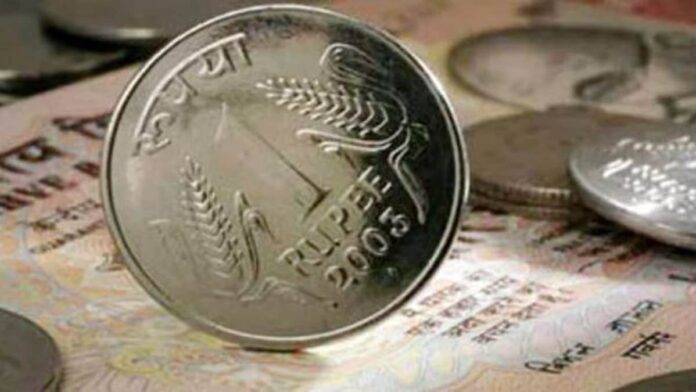The rupee on Thursday depreciated 12 paise to close at 87.578 to a dollar, as expectations for a 25-basis-point rate cut by the monetary policy committee of the Reserve Bank of India led to short bets in the non-deliverable forwards market. During the day, the rupee fell to 87.590.
Persistent foreign outflows and the uncertainty over US tariffs have also weighed on the rupee, said forex traders. The dollar index rose to the 108-level after hitting a one-week low on Wednesday.
Nomura cuts target price on KEC International. Here’s why…
Traders said the RBI might have conducted a buy/sell swap of Thursday. Defence and oil companies, foreign investors and some importers bought dollars to hedge their outflows. The performance of the rupee was the worst among Asian currencies.
Market participants expect the local currency to head towards 88/$ as the RBI eases its policy to sell dollars. The overall positioning of the RBI is short on dollars.
“In the last two days, the depreciation was quick, and the absence of the RBI gave a further push to the rupee depreciation. But, the fair valuation of the currency is very much required as it has been overvalued for quite a period,” said a forex trader with a state-owned bank.
On Friday, the MPC will detail its outlook where a 25-bps rate cut is expected. It will be the first monetary policy meeting of new governor Sanjay Malhotra, who is expected to be dovish in his outlook.
Market participants will closely watch whether the RBI takes any additional liquidity measures.
The local unit has lost over 2% so far this year. The sharp drop in the domestic unit comes after a nearly 3% fall in the USD/INR pair in 2024, making it one of the worst-performing Asian currencies.
ALSO READJB Pharma is riding the CDMO Opportunity. Jefferies reiterates buy…
On January 1, 2024, the rupee was at 83.21 against the greenback. The rupee has lost 193 paise so far this year. The domestic unit was quoted at 85.64 against the greenback on January 1, 2025.
Forex traders said the rupee is trading with a negative bias because of the global trade war, with market participants mulling the impact of tariffs being imposed by the US and China.
» Read More


